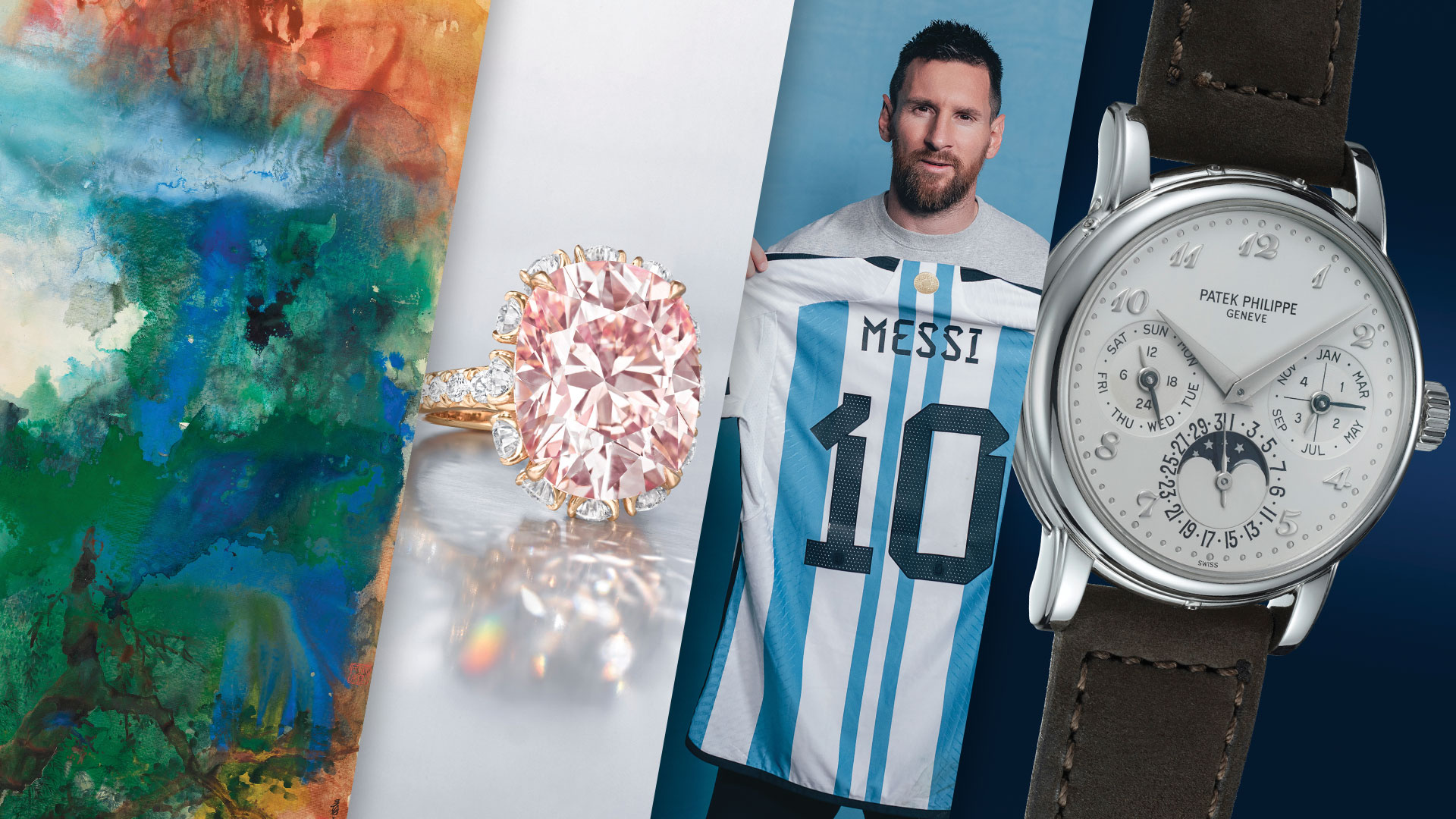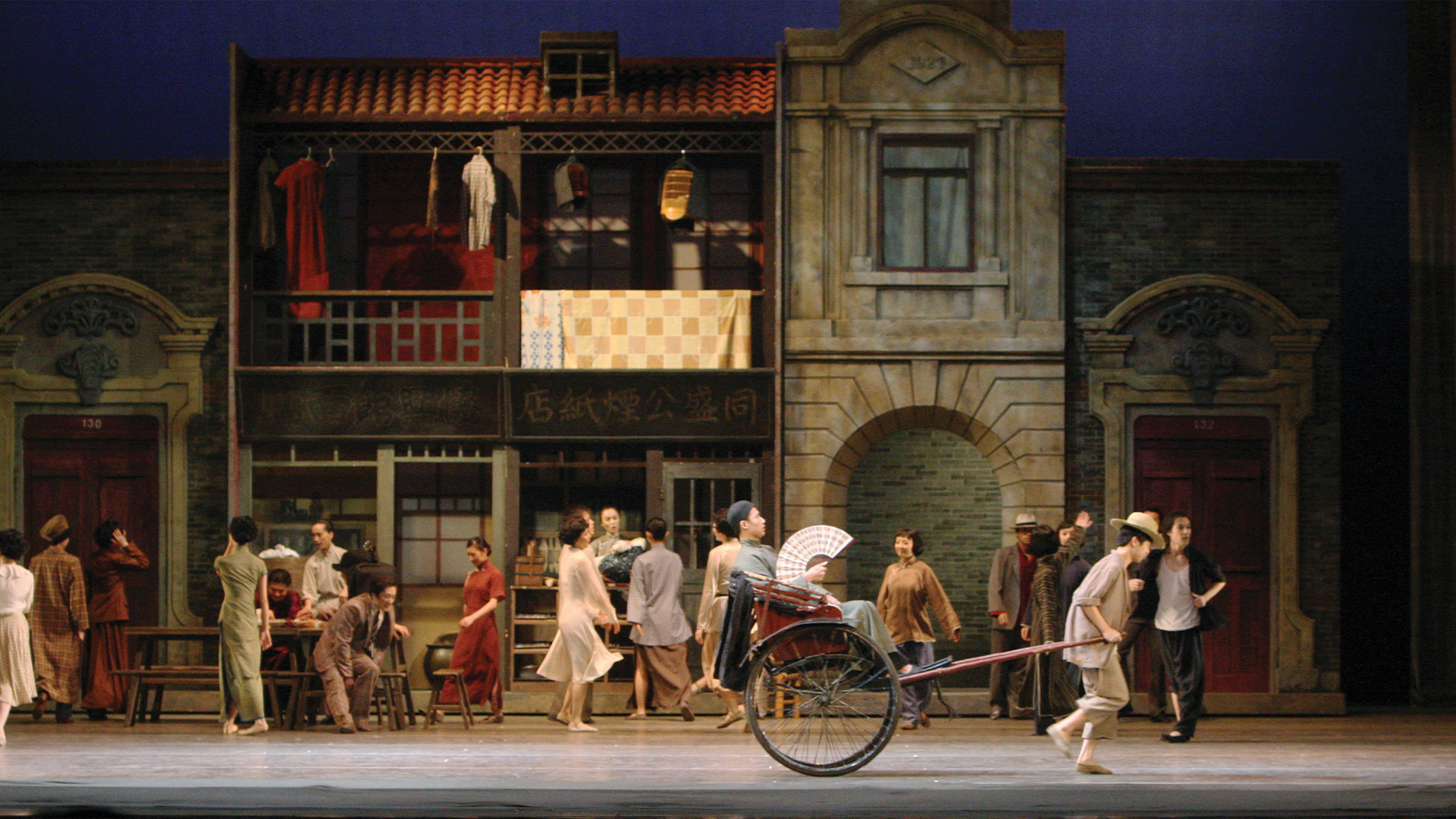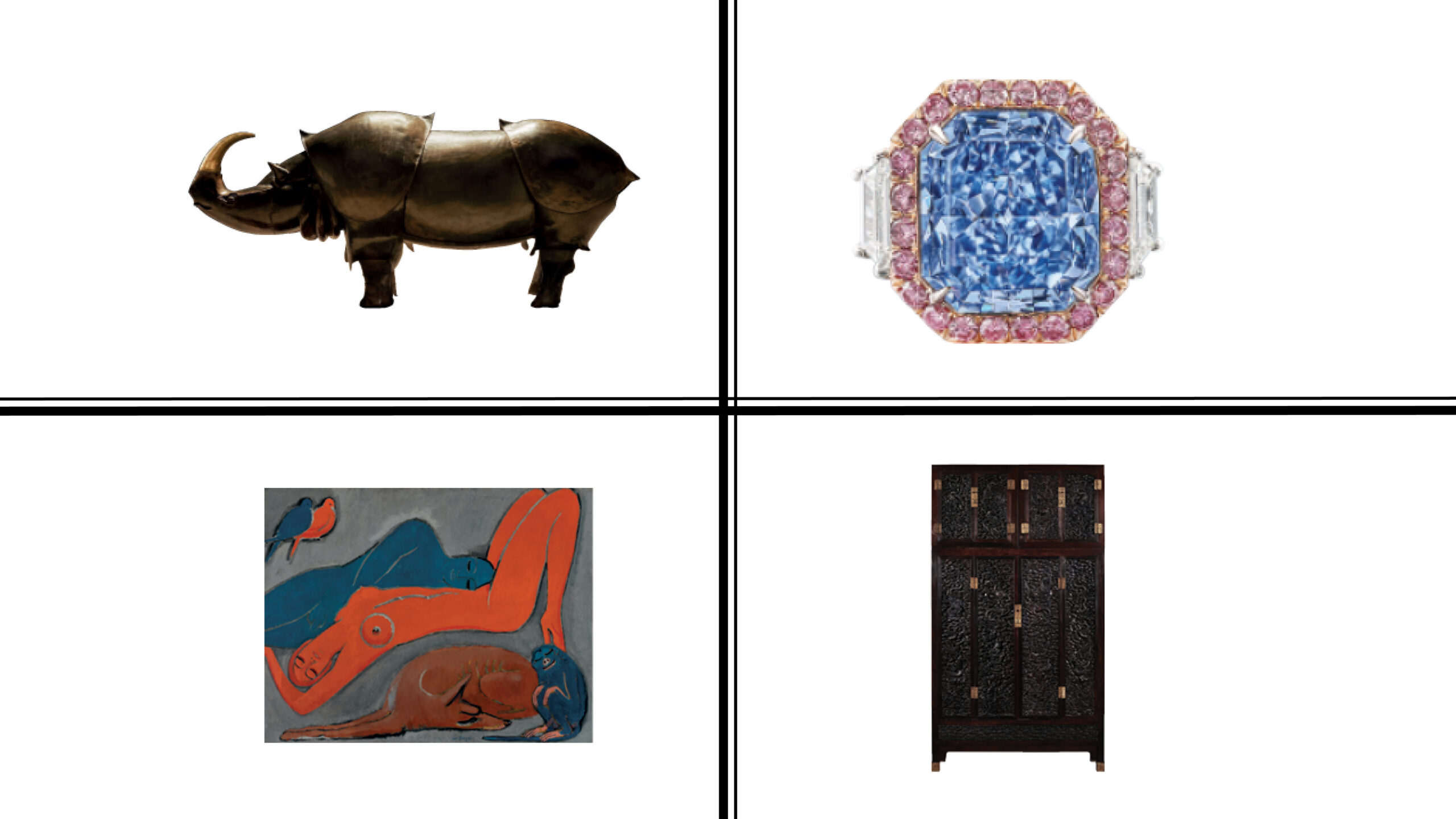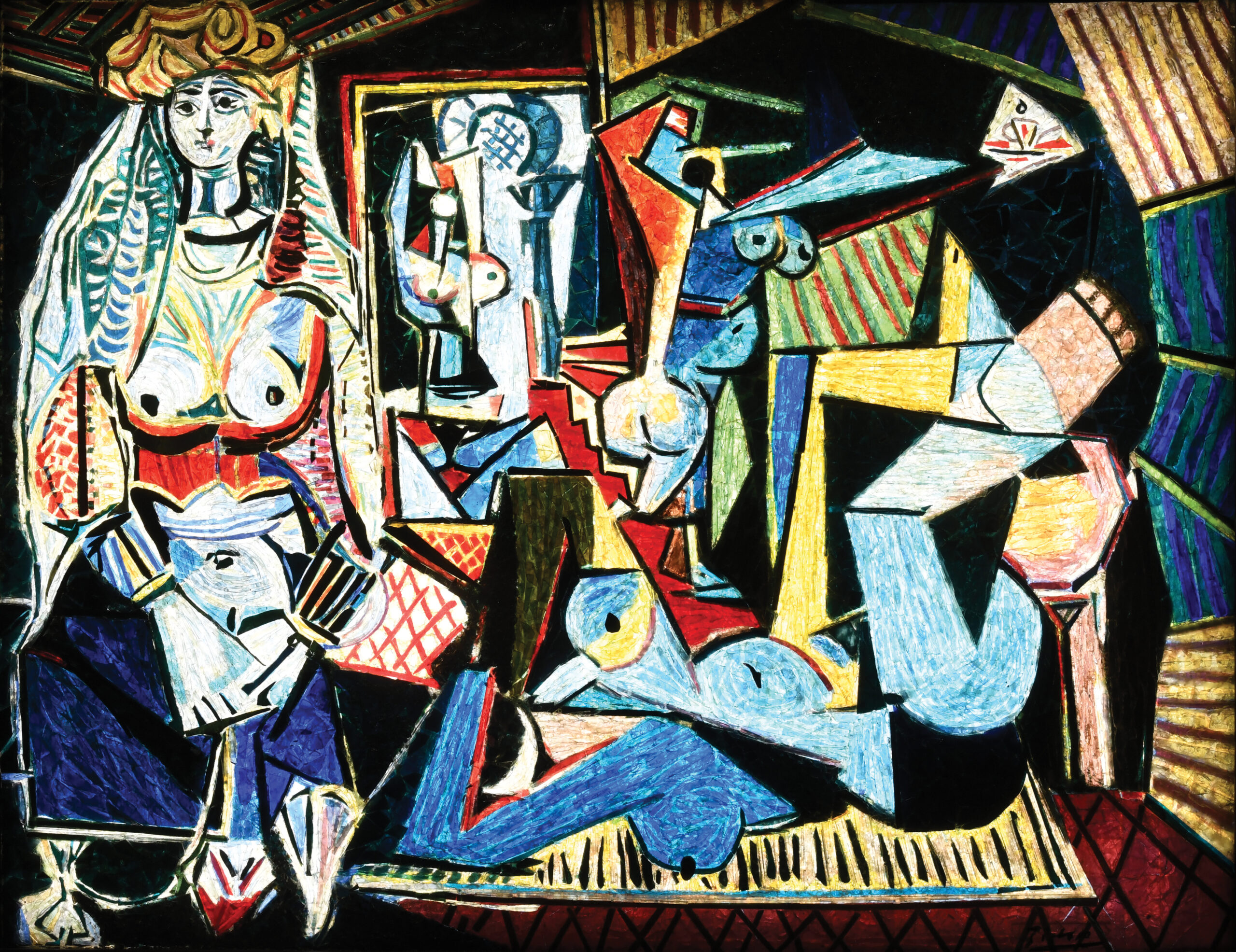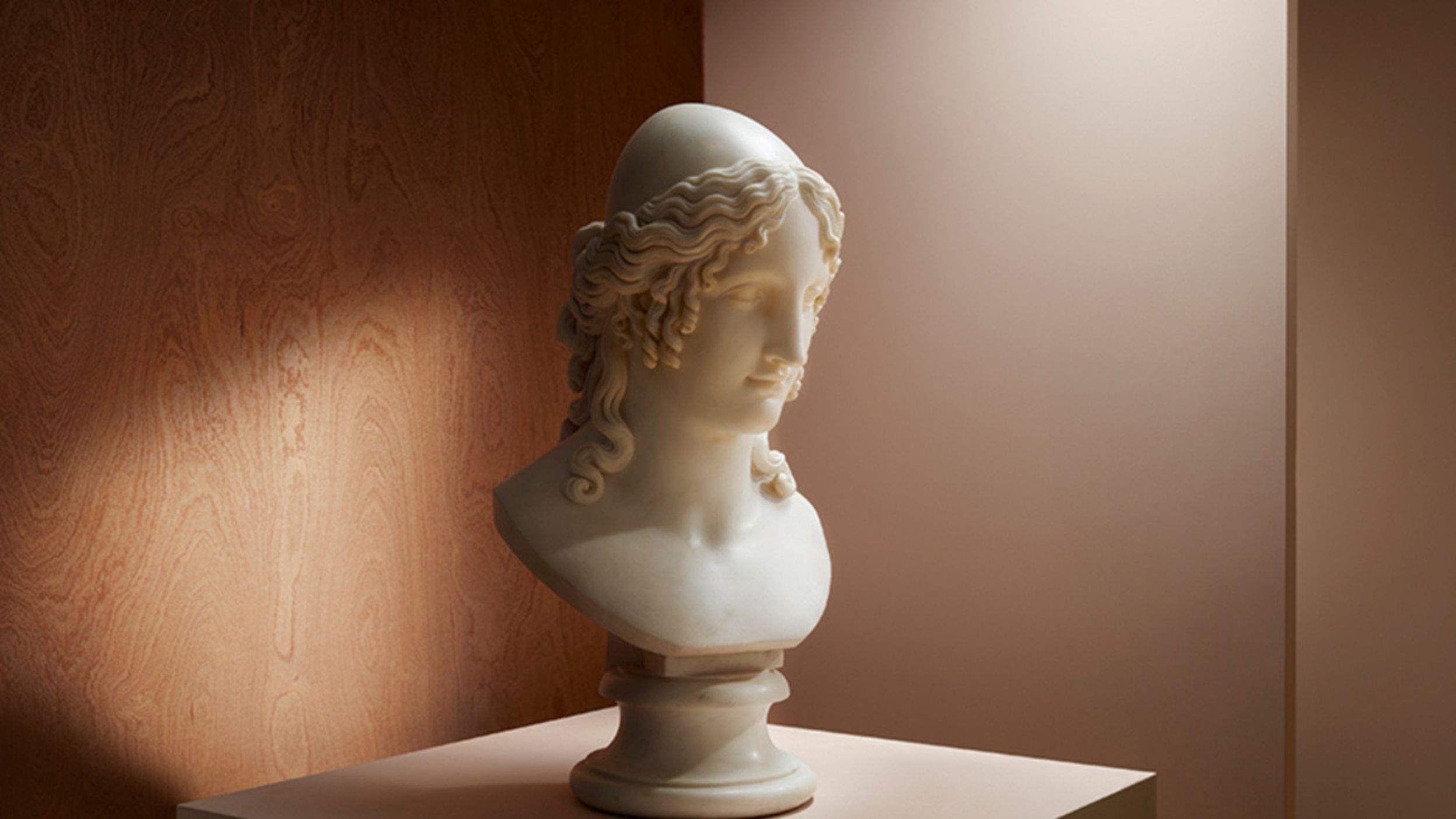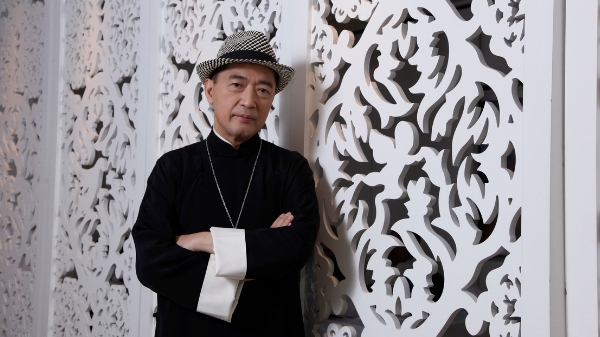
Panda Brander: Dennis Chan on his new HaHaPanda sculptures and their Chinese connection
Dennis Chan, the Hong Kong-born jewellery guru who founded the much-loved haute joaillerie maison Qeelin, now looks set to dominate the art world with his HaHaPanda sculptures…
When did you first realise you were destined for a career in design?
As a child, I had no idea that design was to be the great passion of my life. In fact, it wasn’t until I finished high school that I even considered the notion. It was one of my uncles who first spotted my potential and encouraged me to take up art. My parents weren’t too keen on the idea. Coming from a family of doctors, my artistic streak was something of a surprise to them. I did manage to convince them, though, and eventually signed up for an Industrial Design programme at Hong Kong Polytechnic University.

What led you to specialise in product design?
While I was at university, I was introduced to a wide range of design disciplines, including interiors, fashion – for which I had a particular knack – and engineering. Without a doubt, though, product design – and three-dimensional design in particular – was my favourite, and that’s what I finally settled upon. I think it’s hugely versatile and essentially multi-disciplinary. Through it, you can pretty much access any other design sector. It’s a decision that’s definitely stood me in good stead over the course of my career.
Is it fair to say that all your designs have a distinctly Chinese feel to them?
For as long as I can remember, I’ve been captivated by Chinese culture. Also, I spent a large portion of my early career working in the UK, Europe and Japan. So I’ve got a very distinct East-meets-West perspective – a balance that’s a part of the charm and character of all my creations. So, in my designs, I want to bring out that traditional influence, but in an internationally contemporary fashion. I feel that, when people discuss Chinese style, they’re usually talking about old-fashioned, traditional objects, and that’s fine. We can’t stop there, though. There needs to be some inclusion of modernity as well. Take Ming dynasty furniture, for example. While it’s undeniably very beautiful, we can’t simply keep replicating it. Otherwise, 200 years from now, when future designers analyse the work being produced right now, they won’t see any unique design interpretations, they will just see something exactly the same as what was produced centuries before.

Nowadays, you are perhaps best known as the founder of Qeelin, the luxury jewellery company. What led you to branch off from jewellery design and into sculpture?
On the surface, they’re both quite similar. Jewellery is something you can use to decorate yourself with, while sculpture is something you can accessorise your home with. With jewellery, though, there are certain limitations as to how much you can express yourself. With sculpture, though, you can really express your own thinking and your own ideas. That’s what led me to launch HaHaPanda more than 10 years ago…
Why ‘HaHaPanda’?
I think the one thing everyone is seeking is (ha)ppiness. To achieve that, you need (ha)rmony, hence, HaHaPanda.
The idea to create HaHaPanda came to me first while visiting the Sichuan Panda Foundation. The undeniable naivety and purity of the baby pandas sparked something in me. As soon as I returned to Hong Kong, I started sculpting models based on the sketches and photos I’d brought back from that trip. That’s how HaHaPanda first came about.

While HaHaPanda is seen as very much part of a new wave of Chinese art, how much of it is inspired by traditional culture?
While I haven’t made a conscious decision to draw only from Chinese culture, it’s something inherent in my creative psyche. Pandas, for instance, are something I deploy as symbols for modern Chinese people. The country is increasingly opening up to the world and participating on a global scale – economically, politically and socially. I feel we’ve entered a new age – Modern China if you like – and I use HaHaPanda to express my own take on this blossoming era.
How have the HaHaPanda sculptures evolved over the years?
The initial spark came from the pandas in Sichuan and the first collection was definitely true to life in terms of their mannerisms and aesthetics. Over time, though, more abstract motifs have emerged and it’s an evolution I’m very happy with – it lets me go deeper and I can imbue greater meaning into each piece. There are two aspects to everything I produce. Firstly, it should be aesthetically appealing, and secondly, it should embody good feng shui. If you study my pandas, you’ll see they’re all curved and rounded, with no sharp edges or protrusions that could disturb the harmony of a room. Even the colours have been chosen to evoke happiness and bring good cheer. Then there are the deeper symbolisms in each piece. I created one particular panda, for instance, that was entirely covered in reversed gold coins. In Chinese culture, it can symbolise an in-pouring of wealth.

Are there any new HaHaPanda projects that you’re particularly excited about?
I don’t believe in having any boundaries and I love to express myself freely. Just because I’ve focused on 3D sculptures doesn’t mean I want to just stick to that. To that end, one of the new additions is a series of 2D wall-mountable designs, which I’m hoping to build on further by including lighting elements. I’m also in the process of creating some panda-inspired digital sculptures. Looking ahead though, there’s one particular project that I’m hugely excited about – an upcoming exhibition at The Landmark in Hong Kong. It opens in May and I can’t share too many details just yet, but watch this space…
Thank you.
Interview by: Tenzing Thondup
Video: Kingsley Lau
Photos: Neville Lee
Art Direction: San Wong
Make-up: Mak Tung
Venue: Isola Bar & Grill



